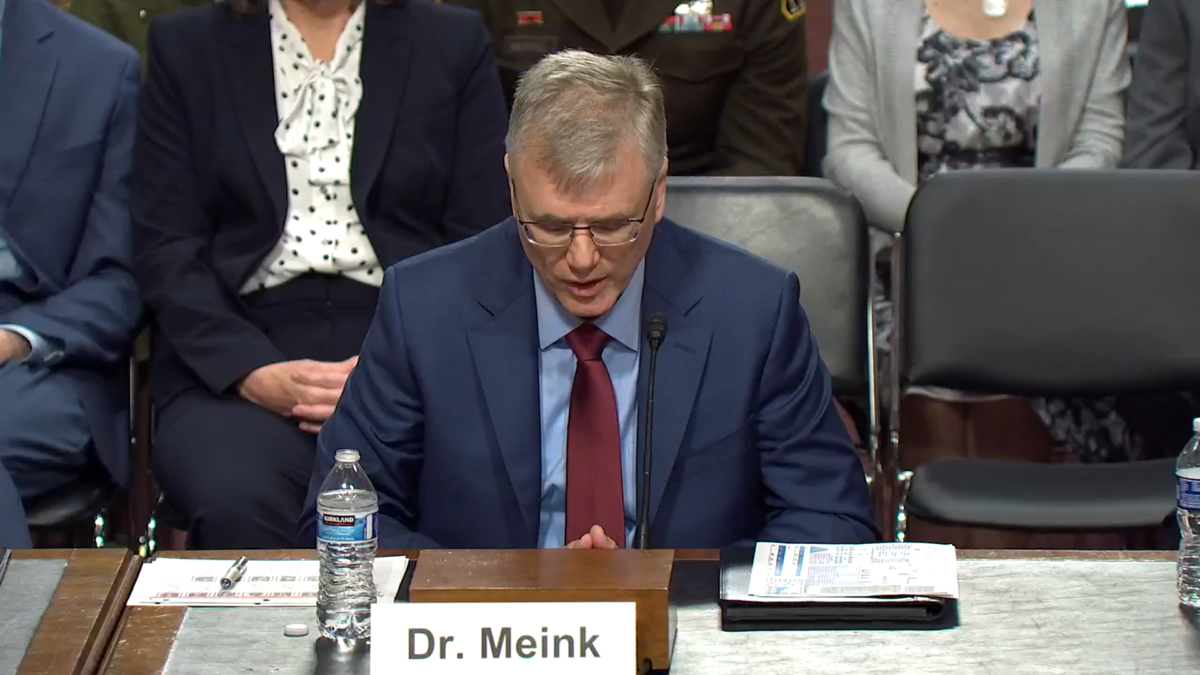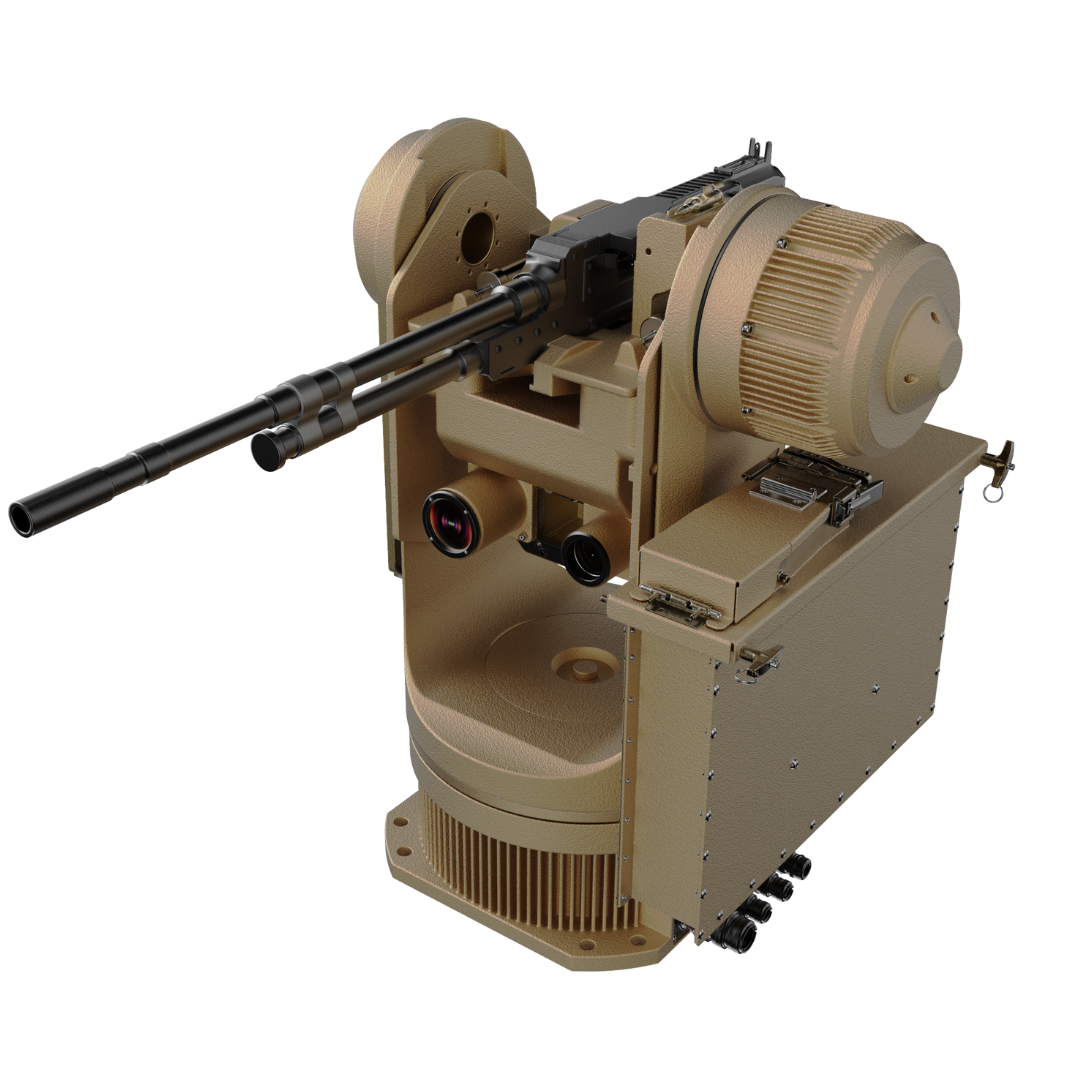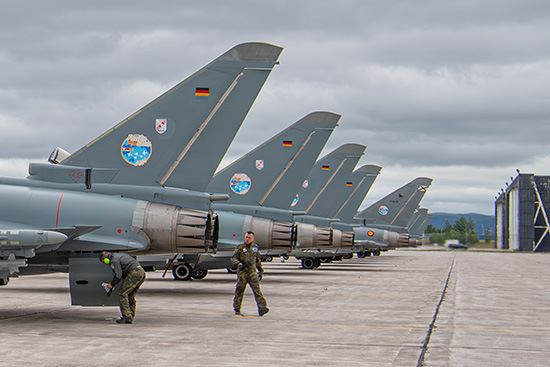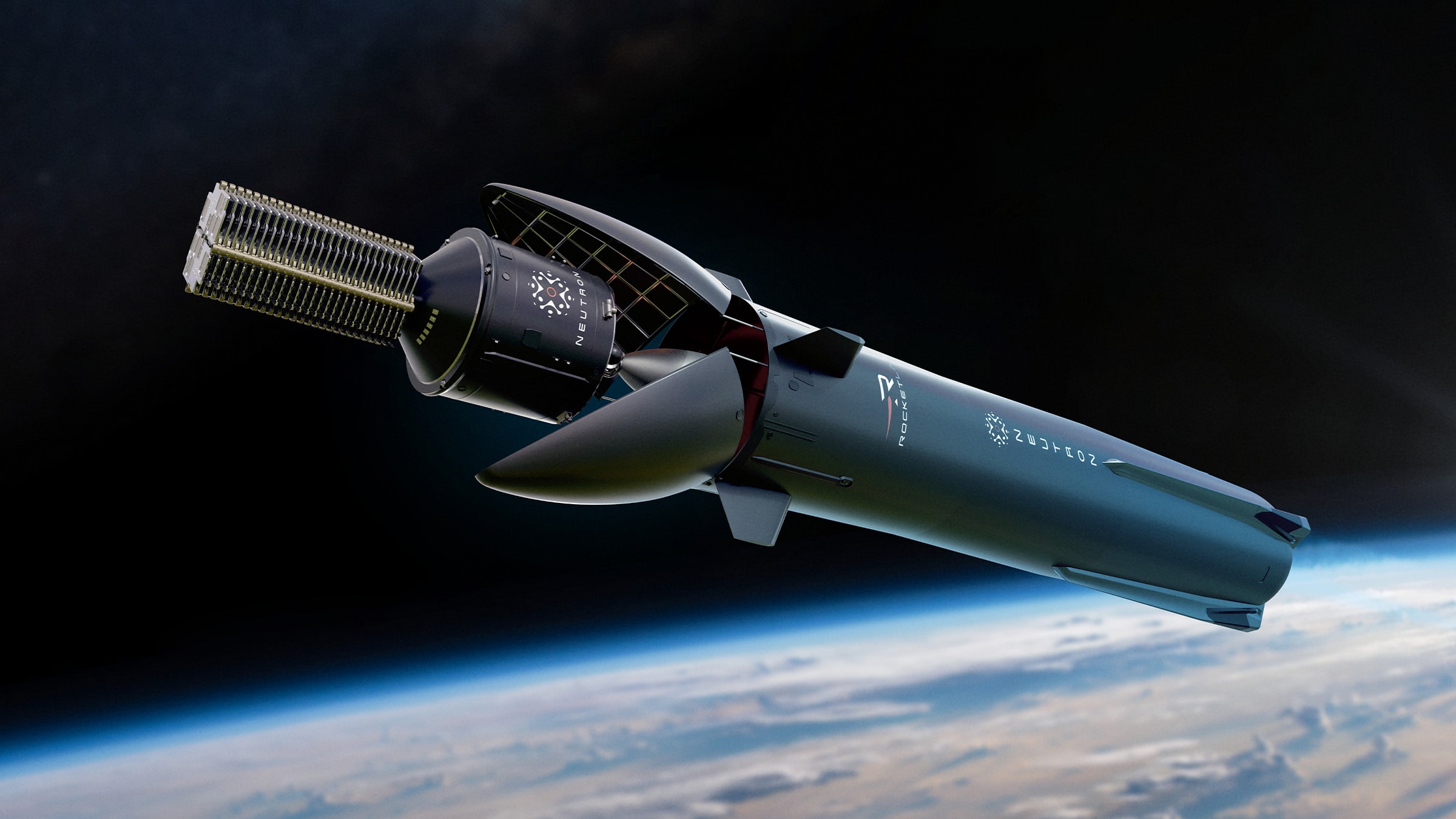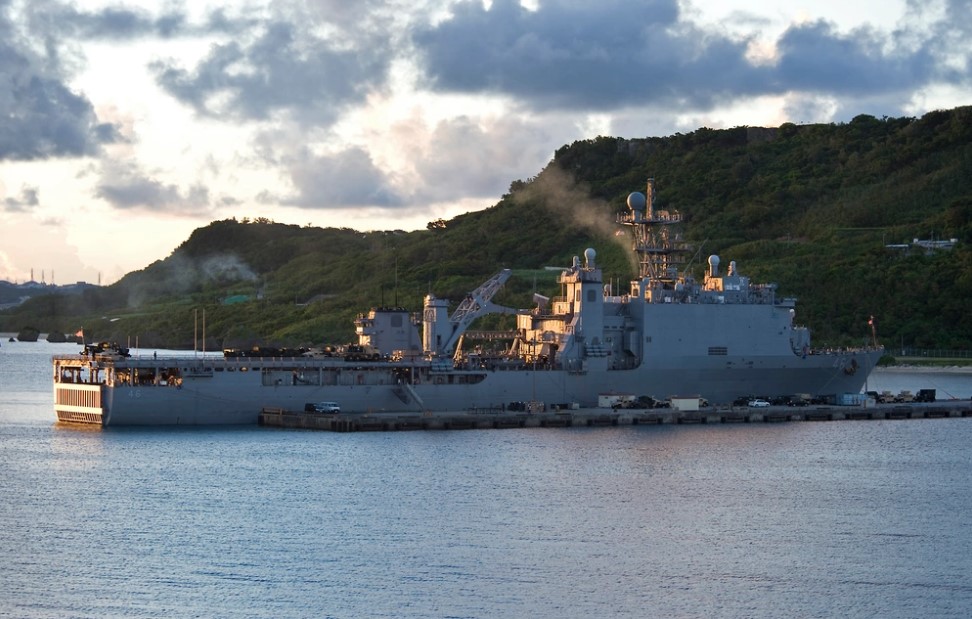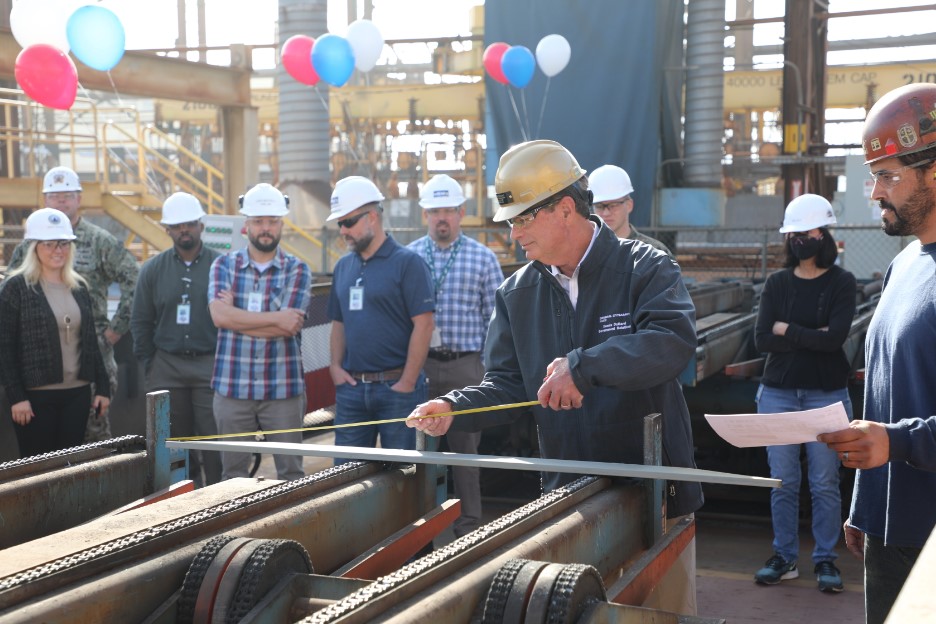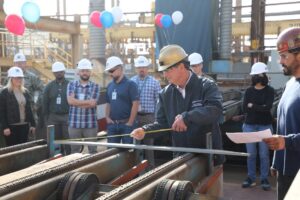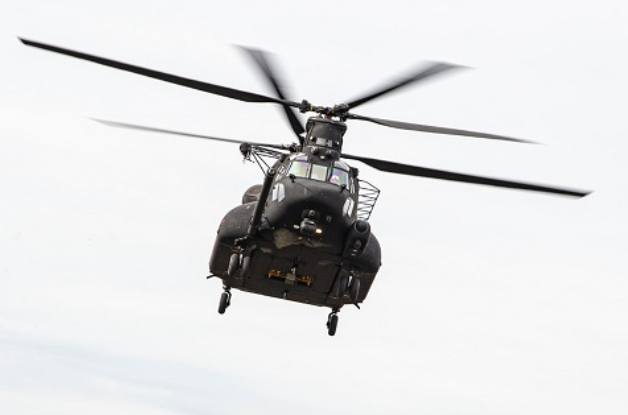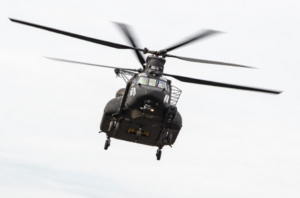F-47 Contract. The Air Force award to Boeing to develop the F-47 manned Next Generation Air Dominance fighter is a cost-plus incentive-fee contract the service said last week, that includes production of “a small number of test aircraft.” The fact that the engineering manufacturing and development (EMD) contract is cost-plus removes some development risk for Boeing, which has incurred billions of dollars in losses on a number of fixed-price development contracts. When Boeing was announced as the winner on March 21 over Lockheed Martin for the F-47, the contract type and value were not disclosed. Boeing will “mature, integrate, and test all aspects of the F-47” under the EMD award, the Air Force said.
Starshield Vs. SDA Layer.
Sen. Kevin Cramer (R-N.D.) last week said the Air Force “is considering canceling solicitations” for Space Development Agency’s Tranche 2 and 3 Transport Layers in favor of SpaceX’s Starshield communications satellites. SDA’s Transport Layers are planned to be constellations of spacecraft that speed the transmission of data and communications globally to U.S. military forces. Cramer during a March 27 Senate confirmation hearing with Troy Meink, the nominee to be Air Force secretary, asked if canceling the SDA efforts in favor of Starshield would be a good idea. Meink said he is not familiar with these discussions but highlighted that he is in favor of expanding the space industrial base. Cramer said that SDA’s founding document describes a goal to “’expand our space warfighting capability and foster growth in the U.S. space industrial base,’” adding that canceling the Transport Layer effort would leave eight or more small and mid-size companies out of the bidding process.
New Large SRM. An air-launched Medium Range Ballistic Missile (MRBM) used in a flight test last week was fueled by a new large solid rocket motor, the eSR-19, developed by L3Harris Technologies. The eSR-19 powered the first and second stages of the MRBM, which included a hypersonic target vehicle front-end to test upgraded software in of the Aegis Combat System to detect and track the target, and fire a simulated Standard Missile-6 Block IAU against the threat. The eSR-19 is an upgraded version of the SR-19 that powers the second stage of the Minuteman III ICBMs. The Missile Defense Agency and Navy conducted the test.
Missile Factory Down Under. Australia’s Defence Ministry last week said it signed a contract with Kongsberg Defence Australia to establish the first guided weapons production factory in the country. Missile production at the factory in Newcastle, NSW, is expected to begin in 2027. The factory will be the first outside Norway to manufacture and maintain Naval Strike Missiles and Joint Strike Missiles, the ministry said. The factory will supply missiles for the Australian Defence Force and international partners.
Space Force Partner. Commercial remote sensing satellite operator HawkEye 360 is participating in the U.S. Space Force’s Commercial Integration Cell, which allows the service and commercial space companies to share information with each other and coordinate responses to space events. HawkEye builds and operates a constellation of satellites in low Earth orbit that detect radio frequency signals. The company said its participation in the CIC will allow it to share information on RF interference, threat intelligence, and other aspects of space situational and domain awareness.
Contested Navigation. Maxar Intelligence, which operates a fleet of electro-optic Earth observation satellites, is offering a 3D vision-based software to provide unmanned aircraft systems the ability to navigate and operate in Global Navigation Satellite System-denied environments. Pinpoint3D uses a drone camera’s full motion video feed and Maxar’s “global 3D terrain data to identify the drone’s aerial position and extract target or 3D target or delivery coordinates on the ground in real time,” Maxar said.
Hydrogen and Automation. The Air Force’s AFWERX innovation arm has awarded ZeroAvia a Small Business Innovation Research contract to study integrating a hydrogen propulsion system into a Cessna Caravan aircraft that would also include autonomous flight systems. The Washington-based company is working with Reliable Robotics on the autonomous technology. ZeroAvia said its study will examine the potential for an 8,000-pound autonomous aircraft with hydro-electric propulsion for reduced engine noise and low thermal signature to reduce detectability, and to increase range and endurance of electric unmanned aircraft systems.
3D-Printed Jet Drone. Cummings Aerospace last week said its 3D-printed Hellhound S3 turbojet suicide drone completed its first flight at an Army test range on Jan. 30 during the Army Expeditionary Warrior Experiment. The Alabama-based company said the Hellhound S3, which flies faster than 380 miles per hour, is designed to equip Army Infantry Brigade Combat Teams with the same combat power as Armored Brigades. Cummings said the test validated the GPS-guided missile’s ability to operate in a tactically relevant environment. More flights are planned in the coming months to bring the system to a Technology Readiness Level-7 and the company plans to submit Hellhound for the Army’s Low Altitude Stalking and Strike Ordnance program.
M109A7 Upgrade. Leonardo DRS said on March 26 it has received a $16.9 million Other Transaction Authority agreement from the Army to modernize the M109A7 Paladin self-propelled howitzer’s electric weapon control system. “The [Paladin Electric Servo Amplifier] is a critical technology to the operation of the M109A7. Under the project award, Leonardo DRS will develop a next-generation prototype with current electrical technology to improve the producibility and maintainability of the line replaceable units and enable the continued operation of the vehicle with no degradation to current capabilities,” the company said in a statement.
Signal Incident. Sens. Roger Wicker (R-Miss.) and Jack Reed (D-R.I.), leaders of the Armed Services Committee, have issued a bipartisan call for the Pentagon’s Inspector General to look into the Signal chat incident where Trump administration officials reportedly shared sensitive information on military actions in Yemen. The letter references a report from Jeffery Goldberg, editor in chief of The Atlantic, who was added to the group chat on the messaging app as officials, including Vice President JD Vance, Defense Secretary Pete Hegseth and National Security Adviser Mike Waltz, were apparently discussing plans for the operation. “If true, this reporting raises questions as to the use of unclassified networks to discuss sensitive and classified information, as well as the sharing of such information with those who do not have proper clearance and need to know,” Wicker and Reed write in their letter. The SASC leaders specifically ask the DoD IG to provide the committee with an assessment on the details of the Signal chat incident and whether classified information was shared, DoD’s policies related to officials sharing sensitive and classified information on non-government networks and applications, whether these policies were adhered to in this case and how DoD’s policies in this area potentially differ from those of the White House and Intelligence Community. Wicker and Reed said SASC will work to have a briefing on the DoD IG’s findings “immediately upon completion of the review.”
Sentinel Lessons Learned. Secretary of the Air Force-nominee Troy Meink says that the future LGM-35A Sentinel ICBM by Northrop Grumman is needed for deterrence. “The ground leg of the nuclear triad–Minuteman III and, over time, Sentinel–are foundational to strategic deterrence and defense of the homeland,” he wrote in written answers to SASC before his nomination hearing. “If confirmed, I commit to exploring ways in which the program may be able to regain schedule and reduce cost.” On Jan. 18 last year, the Air Force said that it notified Congress that Sentinel had breached Nunn-McCurdy guidelines, primarily due to construction design changes, and then DoD acquisition chief William LaPlante ordered a root-cause analysis. The latter led last summer to the DoD decision to continue the program, due to its stated importance to strategic deterrence, but also to the rescinding of the Sentinel Milestone B engineering and manufacturing development go ahead from 2020. In response to a question from Sen. Deb Fischer (R-Neb.) at his nomination hearing on Thursday, Meink said that he would seek to apply lessons learned from the Nunn-McCurdy breach and would seek to accelerate Sentinel fielding.
…Ultra Heavy Lift. Sen. Jack Reed (D-R.I.), the SASC ranking member, says that launches from Cape Canaveral Space Force Base, Fla., “have become highly constrained due to the new class of ultra heavy rockets and the amount of standoff distance required”—constraints that Reed says have limited competition. On June 27 last year, Tory Bruno, the CEO of United Launch Alliance—a Boeing/Lockheed Martin partnership—wrote that the SpaceX Starship is a “very, very large rocket, and getting bigger,” that the “quantity of propellant requires an evacuation zone whenever fueled that includes other people’s facilities,” that weekly launches have harmful sound levels, and that Cape Canaveral “isn’t meant for a monopoly.” Meink who has been close in his job at the National Reconnaissance Office to SpaceX and Elon Musk told Reed during his nomination hearing that he would review options to alleviate launch constraints at Cape Canaveral and to spur competition, especially given the increasing number of space launch companies. “Historically, we’ve had very limited access to space launch,” Meink says. “That has grown across many companies in the U.S., but that has also led to some challenges. It’s getting very busy, very crowded, and some of these larger launch vehicles do drive different concerns than maybe we had to address in the past.”
